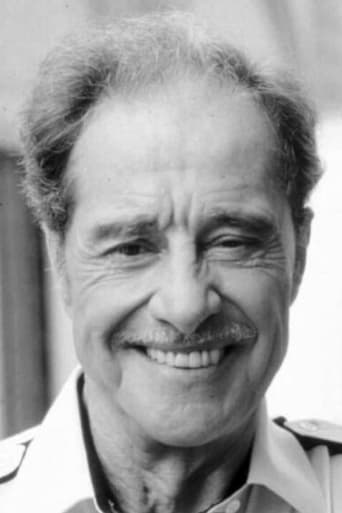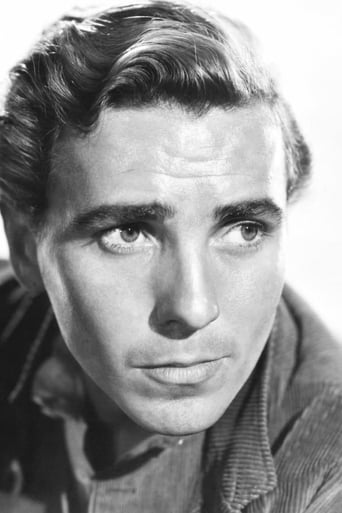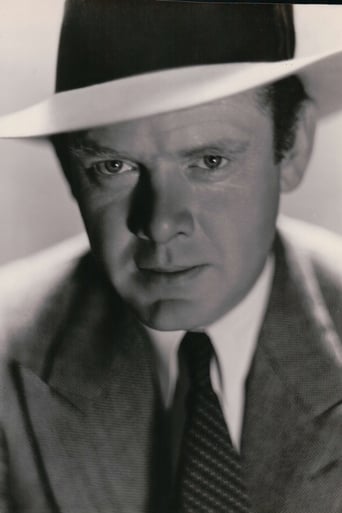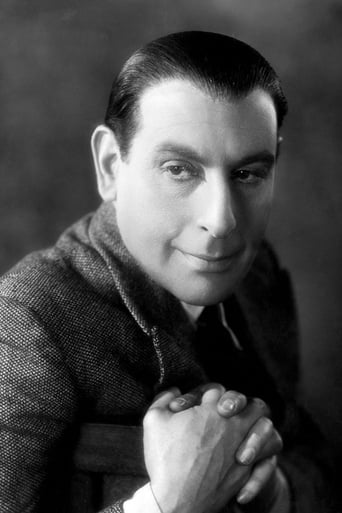Megamind
To all those who have watched it: I hope you enjoyed it as much as I do.
Allison Davies
The film never slows down or bores, plunging from one harrowing sequence to the next.
Philippa
All of these films share one commonality, that being a kind of emotional center that humanizes a cast of monsters.
Fleur
Actress is magnificent and exudes a hypnotic screen presence in this affecting drama.
robrosenthal1
There was a Battle of Midway. Japanese carriers Kaga, Soryu and Hiryu were sunk. Japanese cruisers Mikuma and Mogami were involved in the battle. Plenty of actual carrier ops footage was used in making this film.Other than that, NONE of what happens in this movie is true.I gave this garbage a 3 (instead of a zero) solely for the operations footage.
SimonJack
"Wing and a Prayer" is one of the Hollywood films made about WW II during the war. It was unusual in that it was the first time the U.S. Navy allowed a civilian film crew to shoot aboard a vessel during wartime. Most of the good action stuff we see in war movies was shot by military cameramen and crews. The shipboard filming for the movie was done during the shakedown cruise of the new USS Yorktown carrier out of San Diego. It had been launched Jan. 21, 1943, at Newport News, VA, and was commissioned in April of that year. This was after the former Yorktown had been sunk on June 7, 1942, in the Battle of Midway.The best thing about this film to me is that it shows some of the work that the carrier crews had to do – not just the more thrilling jobs of the Navy pilots. And, it shows some of the insides and routine of the pilots as they prepare for missions. I enjoy this because I served in the Army during the Cold War years leading up to Vietnam, and I appreciate seeing and learning what service in the other branches was like. The studio mixed some real action film into the picture. This was stuff shot during the Battle of Coral Sea and the Battle of Midway. However, it's not nearly as impressive as the use of actual combat footage in later films about the war.The plot moves along rather slowly, and it follows an unnamed carrier, "Carrier X," on a fictitious mission in the South Pacific to fool the Japanese into thinking the U.S. fleet was scattered around the Pacific. That was so that Japan would be tricked into attacking Midway on the way to its final conquest of Hawaii. In reality, the U.S. had broken the Japanese code and knew that Japan planned attack at Midway and then go on to Hawaii.The acting in this film is so-so, with no standouts. I agree with another reviewer who found it a strange casting decision to have British actor Cedric Hardwicke play the unnamed admiral in this film. The character most likely was supposed to be the Chief of Naval Operations at the time whose manner and language was anything but like the proper, well-mannered English of Sir Hardwicke. Otherwise, the film is OK.The Yorktown was not one of the three American carriers in the Pacific when the Japanese bombed Pearl Harbor on Dec. 7, 1941. It had been in the Pacific after it was commission in 1937, but was moved to the Atlantic through the Panama Canal at the outbreak of WWII in Europe. She was in Norfolk, VA when Pearl Harbor was bombed, but she then sailed for San Diego and arrived there Dec. 30, 1941.The Battle of Coral Sea took place May 4-8, 1942, and the Battle of Midway was June 3-7, 1942. The new Yorktown (CV-10) joined the Pacific Fleet by mid-1943 for the duration of the war. It was decommission in 1975 and is now a museum ship and national historic landmark at Patriot's Point in South Carolina. On May 19, 1998, marine explorer Dr. Robert Ballard led a National Geographic research team that discovered the wreck of the Yorktown. It was more than three miles down on the ocean floor."Wing and a Prayer" was released in America after its July 28, 1944, premier in Providence RI. The 1970 movie, "Tora! Tora! Tora!" is a much more accurate, detailed and historic account of the Battle of Midway. It is done with excellent portrayals of the Japanese as well as American forces and units.
writers_reign
Yet another Boy's Own Paper take on the war in the Pacific. Although there are several candidates - Don Ameche, William Eythe, Dana Andrews, Charles Bickford - for leading man the footage is fairly equally divided between all of them with the exception of Cedric Harwicke who gets equal billing with the others for what amounts to no more than two minutes screen time in a Prologue. Having clearly drawn the short straw Don Ameche gets to play the heavy - in this case the Naval Commander/martinet who in playing it by the book comes into conflict (natch) with Dana Andrews. Andrews would be on the losing end again about six years later when he crossed swords with Richard Widmark in The Frogmen. The acting is more or less up to snuff and we get early glimpses of B.S. Pulley and Richard Jaeckel, apart from that it's run-of-the-mill.
arlenmixes
The movie is very interesting, and according to my own researches and familiarities ( since I am presently in my eighth decade ), one of the pleasures for me was NOT to see the time-worn scene of the bullet-riddled F4F "crashing" onto the deck and sliding into the command tower, as is shown in 9 out of 8 movies about WWII Navy pictures. Don Ameche does, if fact, do a very "military" version of the man-in-charge. Me Dear-departed mither into her ninth decade felt that Dana Andrews was the true Hollywoodie-Hero of all times. But what intrigues me MOST about the movie, since we have cruised through the islands of the tropical Pacific ( Figi, Samoa, American Samoa ), is that the film makers felt it necessary for the pilots, when retiring at night aboard ship, to wear PAJAMAS, and sleep under SHEETS and BLANKETS. WE did no such thing !!!





